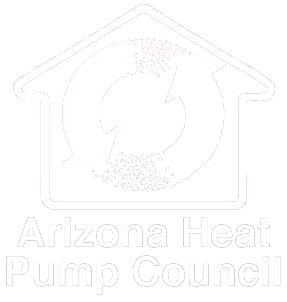 Knowledge is power and knowing more about your gas water heater and how it works means that you can take better control over your home appliances as well as your bills. By understanding the parts that make up your water heater, you can start to troubleshoot problems, attempt minor repairs, or just feel more knowledgeable when it’s time for a service call.
Knowledge is power and knowing more about your gas water heater and how it works means that you can take better control over your home appliances as well as your bills. By understanding the parts that make up your water heater, you can start to troubleshoot problems, attempt minor repairs, or just feel more knowledgeable when it’s time for a service call.
Components Of A Gas Water Heater
The following are the components of a gas water heater, where to find them, their functions and important tips.
The Tank, Dip Tube, And Discharge Pipe
The biggest component of your gas water heater is the tank. This is the large cylinder that holds water. Coldwater comes into the tank through the dip tube, which extends from the top of the tank down to the bottom. As the water in the tank is heated, it rises to the top where it exits through the discharge pipe and is carried to throughout your home. You should see a shut-off valve somewhere on the cold water line that enters the tank. Use this to shut off the water in an emergency.
The Gas Burner And Assembly
With a gas water heater, the heat source is a gas burner. This is underneath the tank, but the control module for it is on the side of the tank where you can reach it. You can use this like a thermostat to change the temperature and to ignite the pilot light. A gas line is also alongside the tank and has a shut-off valve you can use to turn off the gas in an emergency.
The Exhaust Flue
Using gas to heat water means that other gases are generated during combustion. The exhaust flue is responsible for venting these gases from the burner, but also for acting as a heat exchanger. The flue should be vented to the outside to flush gases from the home.
The Pressure Relief Valve And The Drain Valve
This safety component releases extra pressure and temperature if either one builds up too much inside the tank. Excessive heat and pressure can be dangerous, so this valve is important in preventing the tank from bursting or exploding. You should find it at the top of your tank.
The drain valve, at the bottom of the tank, can be used to flush sediments from the tank. Built-up sediments can cause damage to your tank, so draining it every once in a while is an important maintenance step. However, this is best done by a licensed plumber.
Now that you know more about your gas water heater and its parts, you have a better understanding of how it works. By checking on the components and doing some basic maintenance you may be able to extend the life of your water heater and catch needed repairs early.
Professional Water Heater Services
If you are interested in receiving professional and proper maintenance on your hot water heater (including flushing), give the Peoria plumbing experts at Cool Blew Inc. a call today to schedule an appointment.






